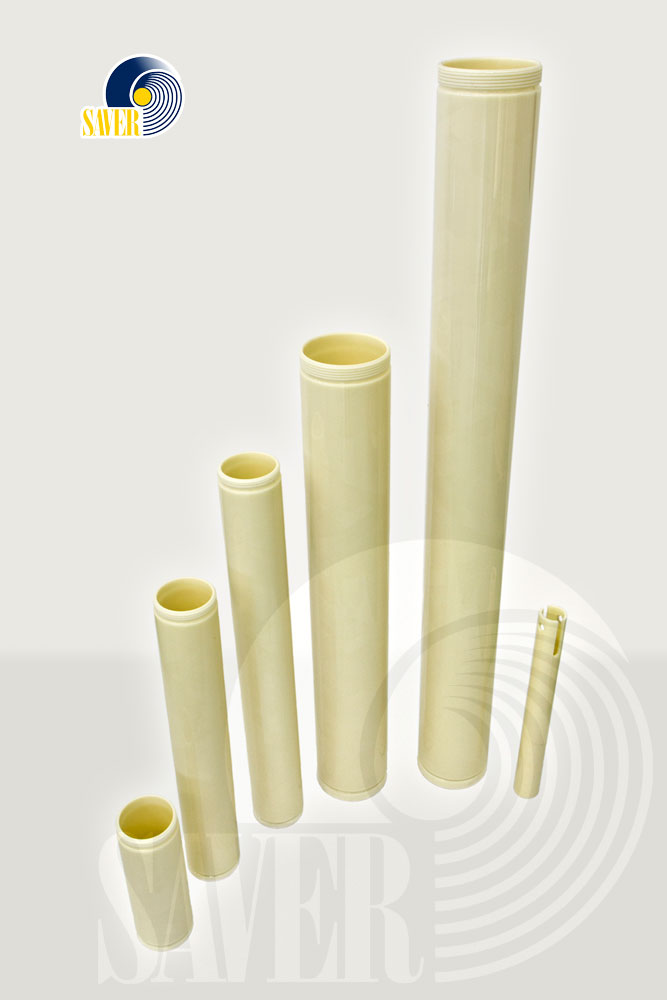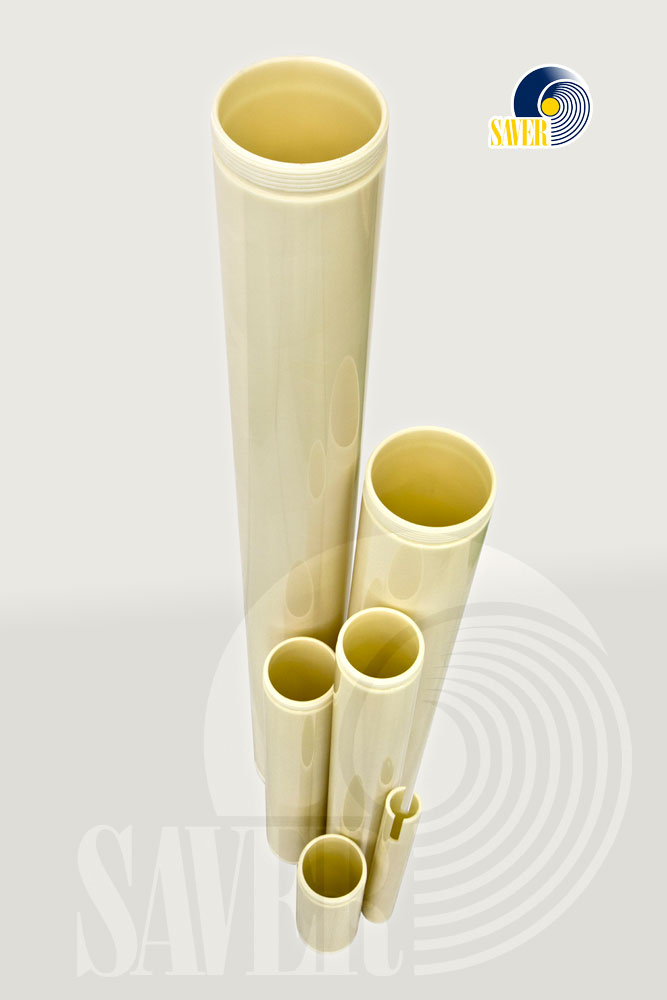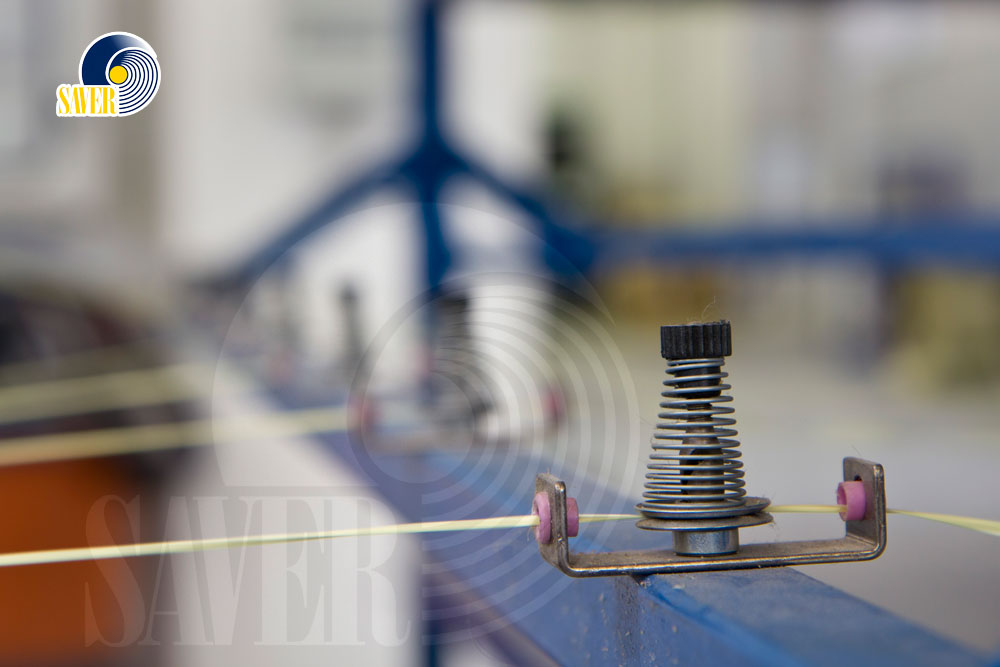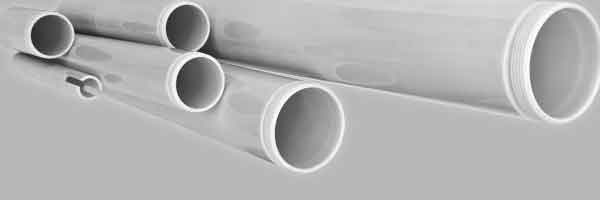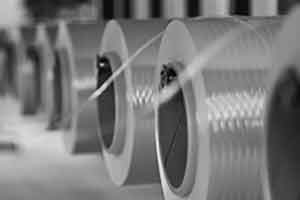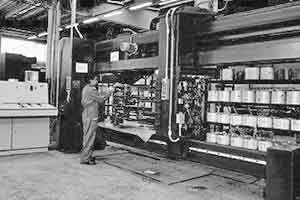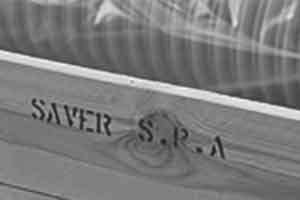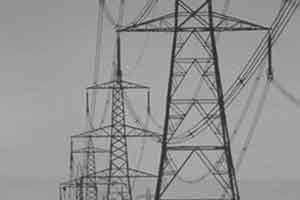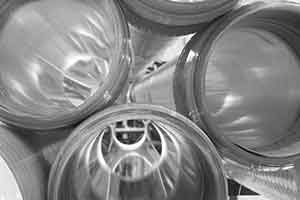DRY WINDING
VACUUM-IMPREGNATED TUBES SAVER S.p.A.
SAVER has the know-how and the necessary experience to produce both Dry Filament Winding (polyester, glass, aramid) vacuum-impregnated tubes and Dry Fabric Winding (glass, aramid, hybrid) vacuum impregnated tubes.
Inside of complex electrical apparatuses, designed for voltage ranges between 72,5 and 1000
kV (high and very high voltage), is very often necessary to use composite materials
vacuum-impregnated. In particular, considering Saver’s range of products, for some
applications in HV apparatuses vacuum-impregnated tubes are often preferred to traditional
wet winding tubes.
The technology of vacuum-impregnation, compared to the traditional wet one, is able to
completely eliminate the presence of micro vacuoles of air inside the composite materials
and to optimize the adhesion in depth between reinforced fibres (or fabric) and the matrix
(the resin system formulation) obtaining as a consequence the best electrical characteristics technically feasible.
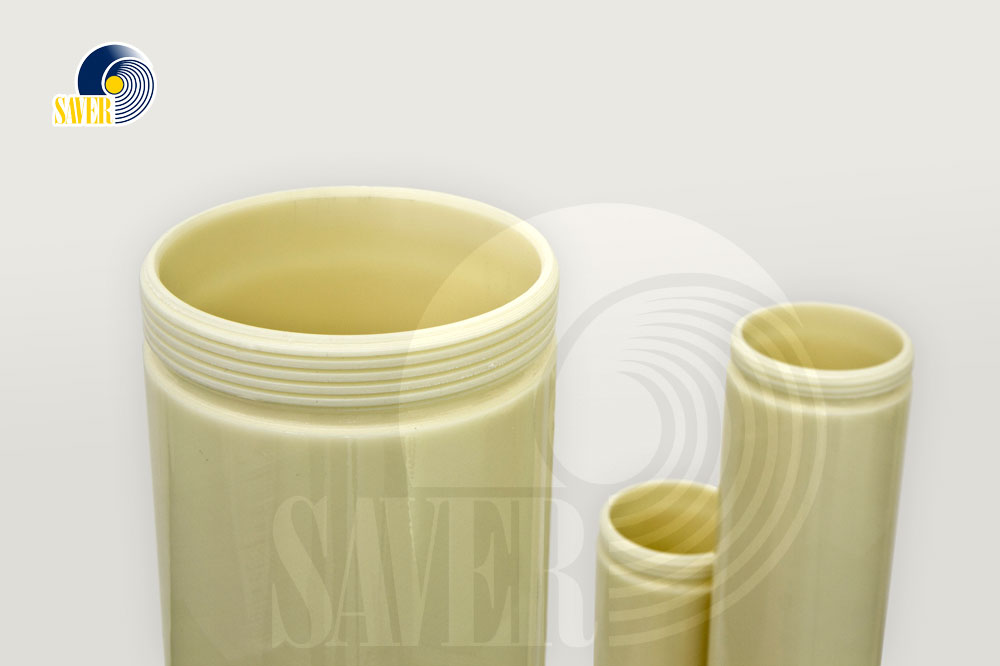
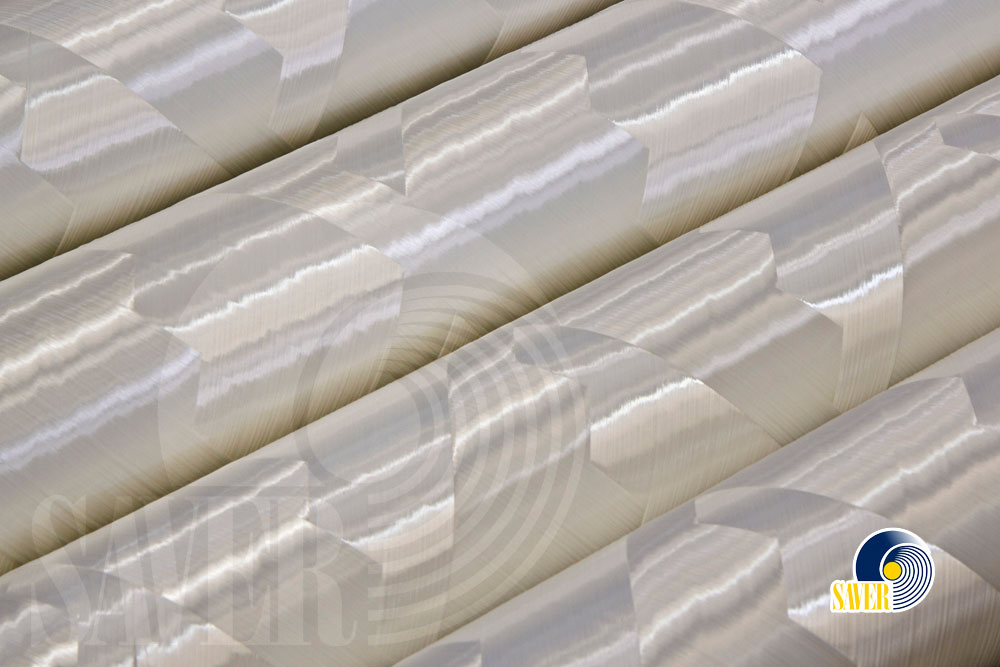
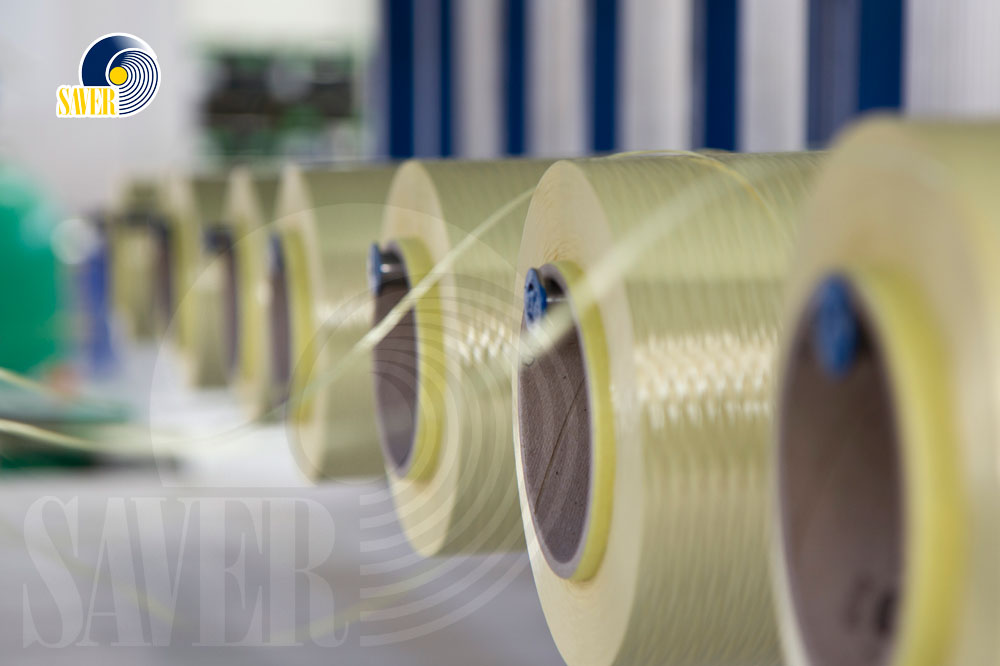
The process is based on a dry winding of long fibres (glass, polyester and / or aramid) or fabric on metallic mandrels specifically designed.
Therefore, in the case of winding of fibres - like for traditional wet winding - the design
of the tube
is very flexible. The winding angle can be chosen for each layer of the winding process, in
order
to give the composite materials specific mechanical characteristic requested by the customer
depending on the final application.
After the dry winding, the semi-finished product is impregnated with an epoxy based resin
system in vacuum conditions. This makes the resin completely dip the fibres (or the fabric),
eliminating by definition any presence of air inside the product. The subsequent operation
of
thermal polymerization brings the composite materials in a stable and irreversible phase,
giving
drastically increased electrical and mechanical characteristics.
After this phase, the necessary machining, the possible bonding to metal flanges and
varnishing
can be done…
Usually metal flanges are designed to assemble the vacuum-impregnated tube inside the
electrical apparatus like circuit breakers, disconnectors etc.…
The technological reason that has driven the development of such composite materials is
bound to
different factors.
The most important are:
- the constant research for reduction of overall dimensions of apparatuses,
- the reduction of the impact on environment of electrical substations,,
- the reduction of installation costs
- and the advantageous benefit of increased properties of composite materials.
This has caused higher mechanical and electrical stresses and the consequent necessity of technical solutions based on such advanced vacuum-impregnated composite materials. Feasible lengths, wall thickness and diameters are very flexible and tailor-made solutions can always be evaluated with our customers.
Here below you can find some examples of applications in which our vacuum-impregnated tubes are often used:
- tubes for grading capacitors;
- internal insulating parts for HV circuit breakers such as:
- drive rods
- support insulators
- interruptor chambers
- gap insulators
- capacitors


